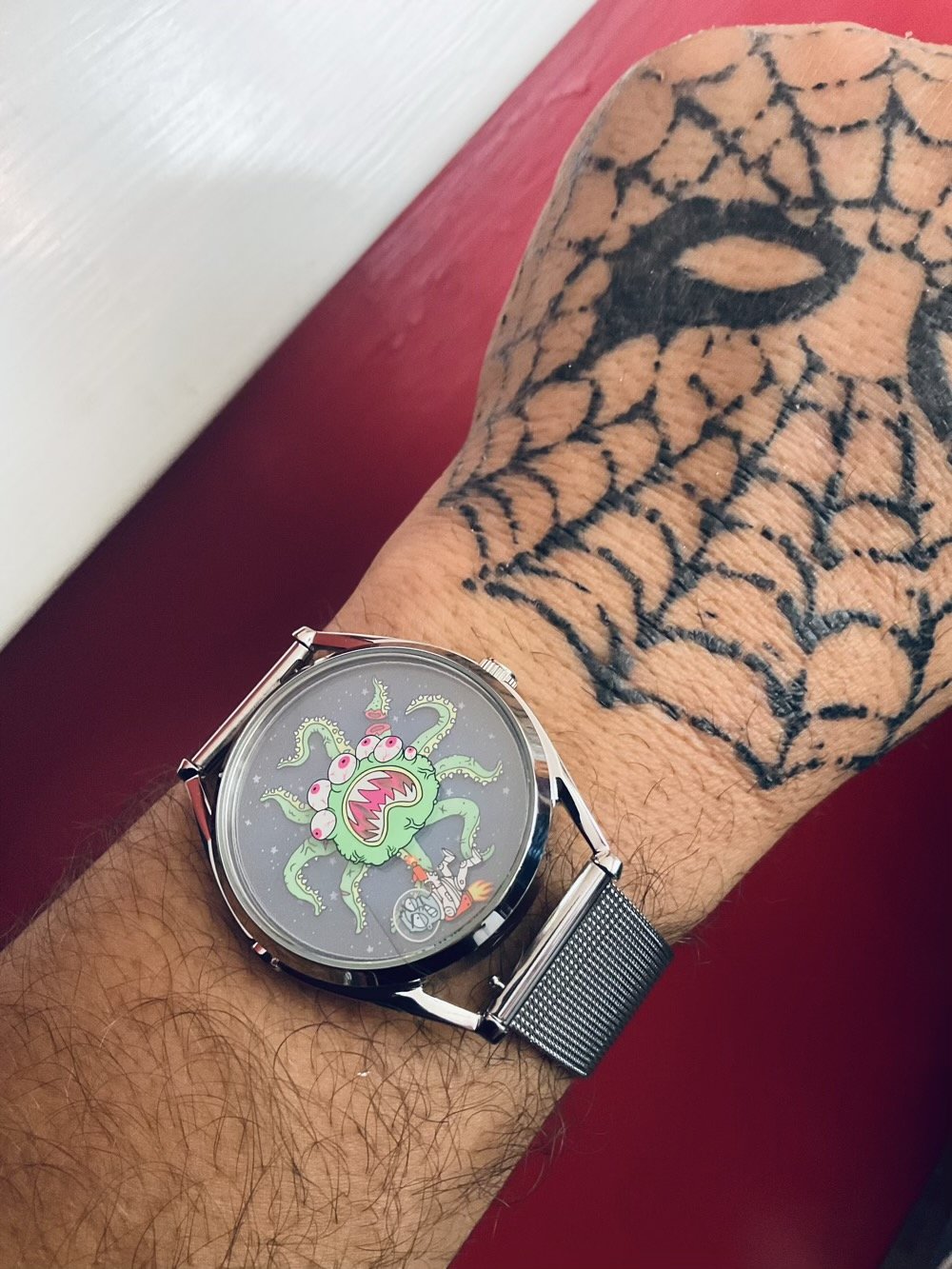peach momoko HONO花 gin
Available only in Italy, unfortunately…
From the collaboration between Tripstillery Milano, Foodmetti and the extraordinary Japanese artist Peach Momoko comes HONO花, a limited edition gin created exclusively for Peach's Milanese visit. A project that combines art, taste and creative spirit in a collector's bottle, encased in never-before-seen artwork signed by the artist herself-a delicate and powerful vision that reflects her poetics and the essence of the gin itself. A gin like a work of art Made from a recipe personally conceived by Peach Momoko, HONO花 is a distillate that tells the story of the fusion of East and West, of purity of line and complexity of taste. The bottle is produced in a limited edition, designed as a collector's item for lovers of art and signature spirits. The artist Peach Momoko is one of the most acclaimed illustrators on the international scene. Known for her dreamlike covers and fusion of Japanese aesthetics and Western pop imagery, she regularly collaborates with Marvel Comics, MTG, Tool, One Piece trading cards and others. In addition, she has won two Eisner awards, considered the Oscars of comics. His visual universe--made of dreams, delicacy and strength--takes liquid form here in a gin that is both homage and self-portrait.
(via)
1935 Chester Gould sketch
This signed Chester Gould pencil sketch from 1935, drawn on the back of a wine menu, of Dick Tracy and Junior marks a massive new addition to both the Dick Tracy and the original comics art parts of The Collection. Chuffed to add it to the shelves.
Jeff Lemire
Proud to welcome this stunning watercolor page from Lemire’s MINOR ARCANA to my original comics art collection. If you’re not reading MINOR ARCANA, you really should: Lemire’s doing some amazing stuff in that series.
Amazing.
🔗 Moebius Gives 18 Wisdom-Filled Tips to Aspiring Artists | Open Culture
monster melter 3000
Another Mr Jones watch (and another featuring the brilliant designs of Onorio D'Epario), the delightful (and limited edition) Monster Melter 3000, arrived today. Severed tentacle is the hour hand, monster-slaying spaceman the minute. So glad I snagged one: love love love.
kaluta(!)
One of my five favorite comics of all time is Denny O'Neil and Michael Kaluta's 1973 run on THE SHADOW for DC - and owning a piece of original Kaluta Shadow art has long been a dream, a dream delivered via post office this morning:
And very soon it will find its new home in NuSanctum…
fresh ink
Back from a fantastic ink therapy appointment with the inimitable Jess Whitmore. Ditko Spidey symbol on my left hand (the band is my wedding band tattoo, and was my first bit of ink, retouched today), and a panel layout on my inner left forearm which will either become an actual comic or something to entertain myself with with washable markers.








